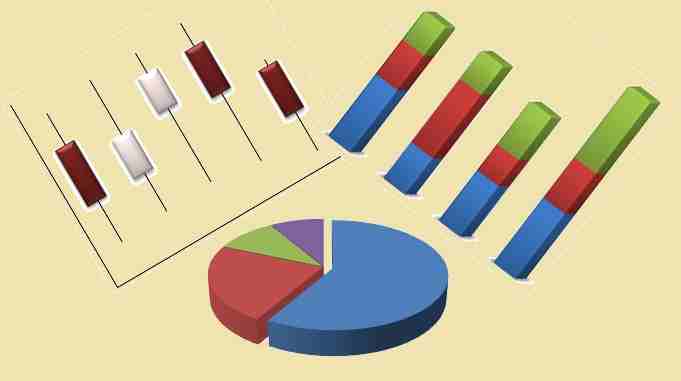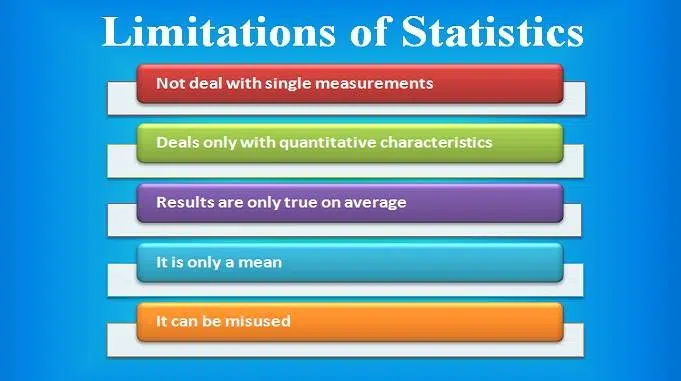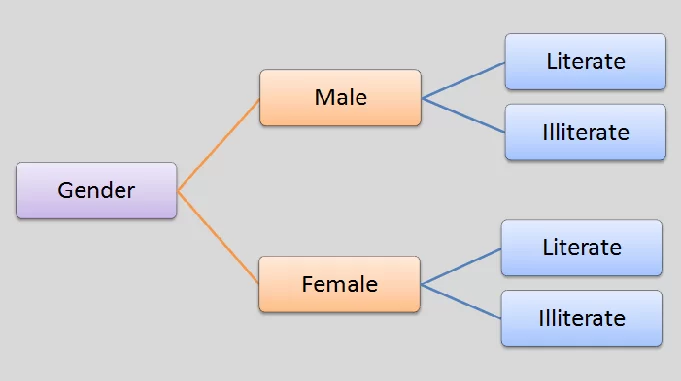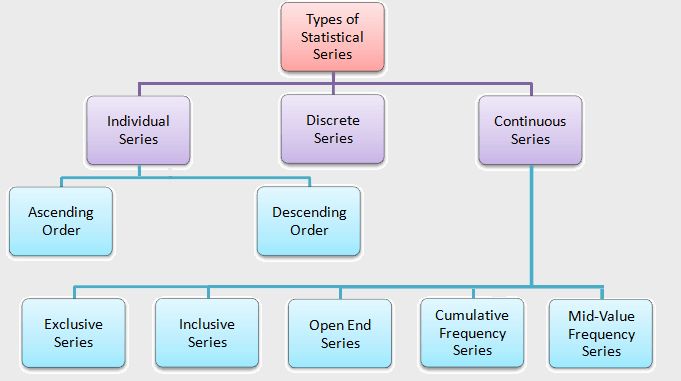
Distrust of Statistics and Remedies to Remove Distrust
Introduction of Distrust of Statistics:
The term “distrust of statistics” means a lack of trust in statistical statements and methods. In other words, statistics are seen with doubt and suspicion by those who distrust them. Normally, distrust in anything arises when one is misled by it due to a difference between its promises and its performance. It is often believed that:
- Statistics can prove anything.
- There are three types of lies—-lies, damn lies and statistics.
Reasons for distrust of statistics:
Despite the fact that statistics are useful and that people believe in their efficacy, some people have misgivings about them and distrust them.
Statistics, as we all know, is all about data and strategies for dealing with it. Figures (or data) are innocent and are easy to be manipulated. Statistical procedures are similar to knives or sticks in that they are tools. They can also be abused if they come into the hands of inexperienced or unscrupulous people, much as knives and sticks can be misused by madmen or decoits. As a result, statistics are liable to being abused and misconstrued, leading to incorrect conclusions.
People of average sense, in view of this contradictory liability of statistics, have begun to doubt and reject the science of statistics with the following sarcastic remarks:
- Statistics can prove anything.
- There are three types of lies—-lies, damn lies and statistics.
- Figures do not lie, liars figure.
- Statistics is an unreliable science.
- Statistics is a rainbow of lies.
- Statistics are tissues of falsehood.
- Statistical data are similar to clay, which may be used to create gods or devils.
Statistics are simply a bundle of lies, as evidenced by the above observations, and hence are untrustworthy.
The following are the main reasons for statistical distrust, as described above:
- The biggest source of mistrust is that most people believe statistics without question. As a result, some selfish individuals misuse statistical data to take advantage of their credulity.
- People are easily led to believe figures because they are convincing.
- They can be manipulated in order to arrive at predetermined conclusions.
- Even if correct figures are employed, they can be thus displayed as to mislead the reader.
- They might display statistics in such a twisted manner that they prove right as wrong and wrong as right.
For example, the government reported that per capita income in India increased by about 4% in this year, proving that economic planning was successful. The opposition party, on the other hand, claimed that per capita income only increased by 1.2% in this year, showing that economic planning was a failure.
The government and opposition parties both give accurate statistics; the only difference is that official statistics are calculated at current prices, while opposition party figures are produced at 1980-81 constant prices.
Remedies to Remove Distrust:
- Statistical Limitations Must Be Considered – When using statistics, the limitations of statistics must be considered, for example, statistics must be homogeneous.
- No Bias – There should be no bias in the research. He should only use correct information and draw conclusions free of bias and prejudice.
- Application by Experts – Only experts should use statistics. There will be few chances of errors if they use it carefully and scientifically.
Indeed, it is not necessary to rely on statistics blindly or completely distrustfully. Statistics should not be used in the same way that a blind person uses a lamp post for support rather than lighting whereas the lamp post’s true role is to provide lighting, not support. When using statistics, one must use caution and attention.
In short, it is the responsibility of economics students to apply their statistical skills to discover the truth.
(Source – Various books from the college library)
Copyrighted Material © 2019 - 2024 Prinsli.com - All rights reserved
All content on this website is copyrighted. It is prohibited to copy, publish or distribute the content and images of this website through any website, book, newspaper, software, videos, YouTube Channel or any other medium without written permission. You are not authorized to alter, obscure or remove any proprietary information, copyright or logo from this Website in any way. If any of these rules are violated, it will be strongly protested and legal action will be taken.




Be the first to comment